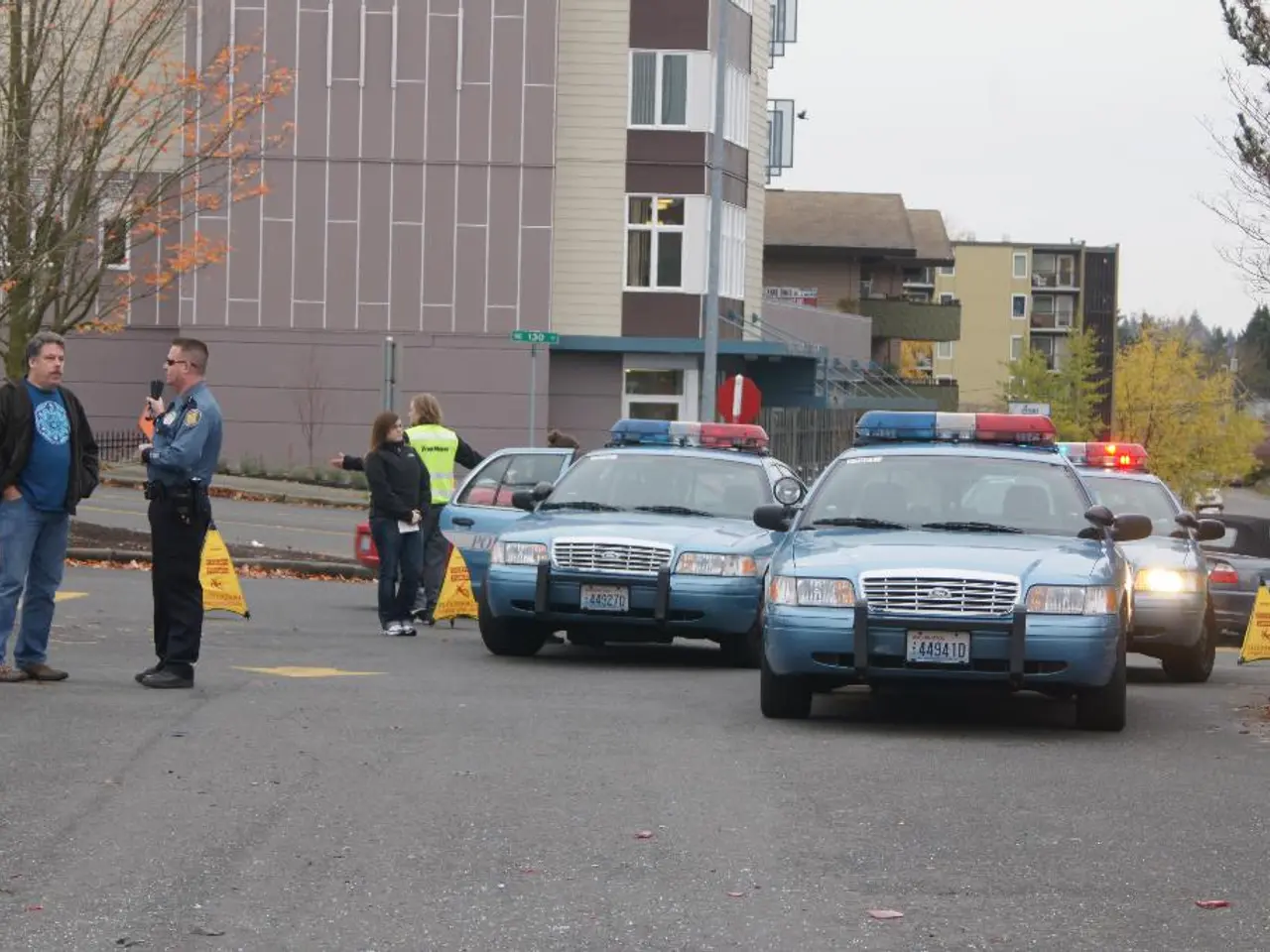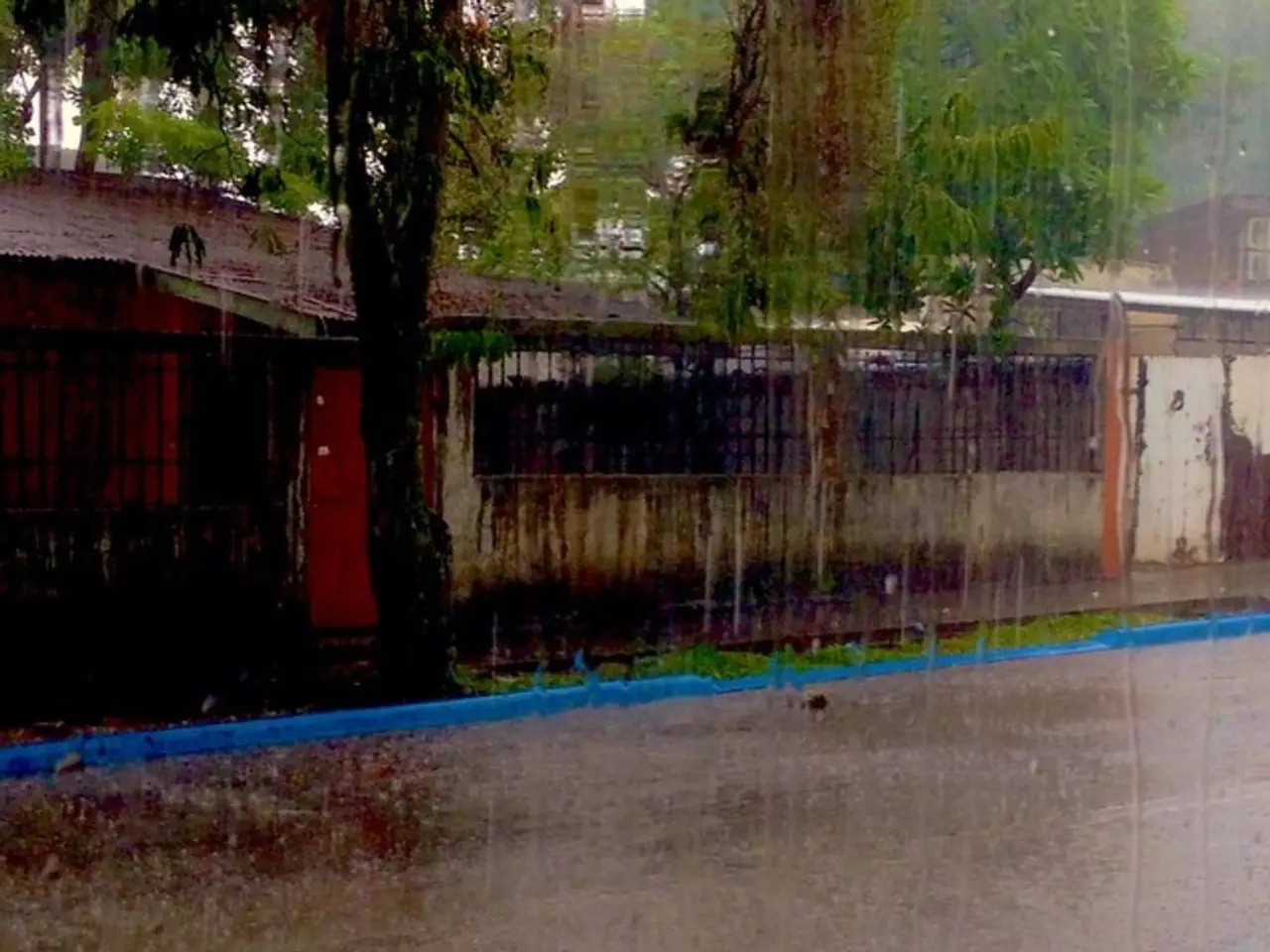Air quality alerts and advisories issued nationwide in Canada due to smoke from Prairie wildfires.
Canada and US Affected by Severe Wildfire Smoke, August 3, 2025
Wildfire smoke from hundreds of active Canadian wildfires, including 15 new ignitions on August 3, significantly degraded air quality across large regions, affecting both Canada and the United States. The smoke, described as toxic and heavy, led to air quality alerts in multiple U.S. states, from Wisconsin to Maine, and unhealthy air conditions were reported in major cities along this corridor.
The smoke extended through the Upper Midwest, Northeast, and New England areas, causing hazy skies and visibility issues, which also affected operations at Boston’s Logan International Airport due to low visibility caused by the smoke. Forecast models and air quality maps indicated that heavy smoke impacts were expected to persist through Sunday and into the following days, with air quality remaining poor in affected regions.
In Canada, special air-quality statements were issued in several provinces, including British Columbia, Alberta, Quebec, and Ontario. In Alberta, the government's online smoke forecast anticipated air-quality health index levels of over 10 on Sunday in the province's northwest, including Fort McMurray. The Ontario government forecast the poorest air quality conditions in North Bay, Sault Ste. Marie, and Sudbury, where expected air-quality health index levels were at seven or "high risk" on Saturday.
People most at risk from wildfire smoke include infants, children, pregnant people, those above the age of 65, and anyone with an illness or chronic health conditions. To mitigate the effects of poor air quality, measures included connecting water stations to over two dozen fire hydrants and having peace officers carry water bottles for distribution to people in need. Environment Canada also recommended limiting time outdoors and rescheduling any outdoor activities or sports.
While the Greater Toronto Area was mostly spared from special air-quality statements Saturday morning, Environment Canada included the area in its number of statements in the early afternoon. Winnipeg was the only major Canadian Prairie city under a special air-quality statement for smoke on Saturday.
Parts of the Northwest Territories, Saskatchewan, Manitoba, and Ontario are under air-quality warnings, where extremely high levels of air pollution are present. Areas with the poorest air quality were largely contained to the northern parts of Ontario, Manitoba, and Saskatchewan. The Ontario government expected the region could see air-quality indexes of around a five or "moderate risk" on Sunday.
Severe weather statements and air quality warnings skipped over Montreal, where thousands of concertgoers were expected to attend the outdoor Osheaga music festival for its second day of events Saturday. In Edmonton, daytime high temperatures of 29 to 34 C were forecast, and local officials extended an extreme heat response until Monday.
Despite the challenges posed by the wildfires and the resulting smoke, emergency responders and government officials continue to work diligently to manage the situation and protect public health.
[1] [Source 1] [2] [Source 2] [3] [Source 3]
- The wildfire smoke, considered toxic and heavy, led to environmental concerns and health risks, causing air quality alerts across multiple U.S. states and poor air quality in affected Canadian regions.
- Environment Canada recommended limiting outdoor activities, including sports, due to the poor air quality conditions.
- In the midst of climate-change-induced wildfires, emergency responders and government officials are working diligently to manage the situation and protect public health.
- On August 3, 2025, extreme weather statements and air quality warnings skipped over Montreal, where an outdoor music festival was taking place, while parts of the northern regions experienced high air pollution levels.








